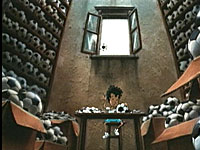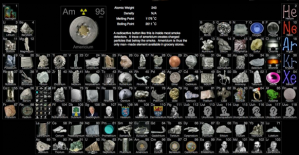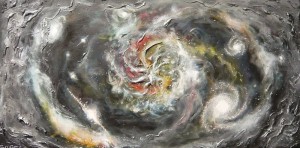This intelligently done history of Auto-Tune is wonderful for several reasons. First, it has a simple, elegantly executed story arc, where it describes the trajectory of a fad from introduction to over-exposure to parody/remix and finally to a new equilibrium. And it discusses these concepts in a clear and entertaining way.
Know Your Meme: Auto Tune (featuring “Weird Al” Yankovic) from Rocketboom on Vimeo.
Second, Auto-Tune is a great example of something that was created for one purpose but finds a new life in a completely different discipline. The technology was created for analyzing seismic signals in petroleum exploration before being applied to music. It is amazing what can come from working with people of diverse backgrounds, and having a broad appreciation of the world. Group work is important.
Third, in touching on parody, it brings up an issue that adolescents, in particular need to understand; parody is not just a cheap joke, it has something important to say. It uses humor to address significant issues:
While making fun of something is easy [mockery], parody requires a study of both technique and form, before creating its own recontextualization.
Third, the overexposure stage of fads and memes is something everyone should be aware of. The meme infiltrates so many aspects of the culture that it becomes irritating. As a Middle School teacher I see it primarily in the language my students use. By introducing this concept to my student, we now have a common language for talking about at least one type issues in the classroom.
Finally, equilibrium. An important concept in natural and social science, the concept is neatly encapsulated in how the fad starts off small, overshoots and gets smaller but does not disappear as there remains some lower level of use.




